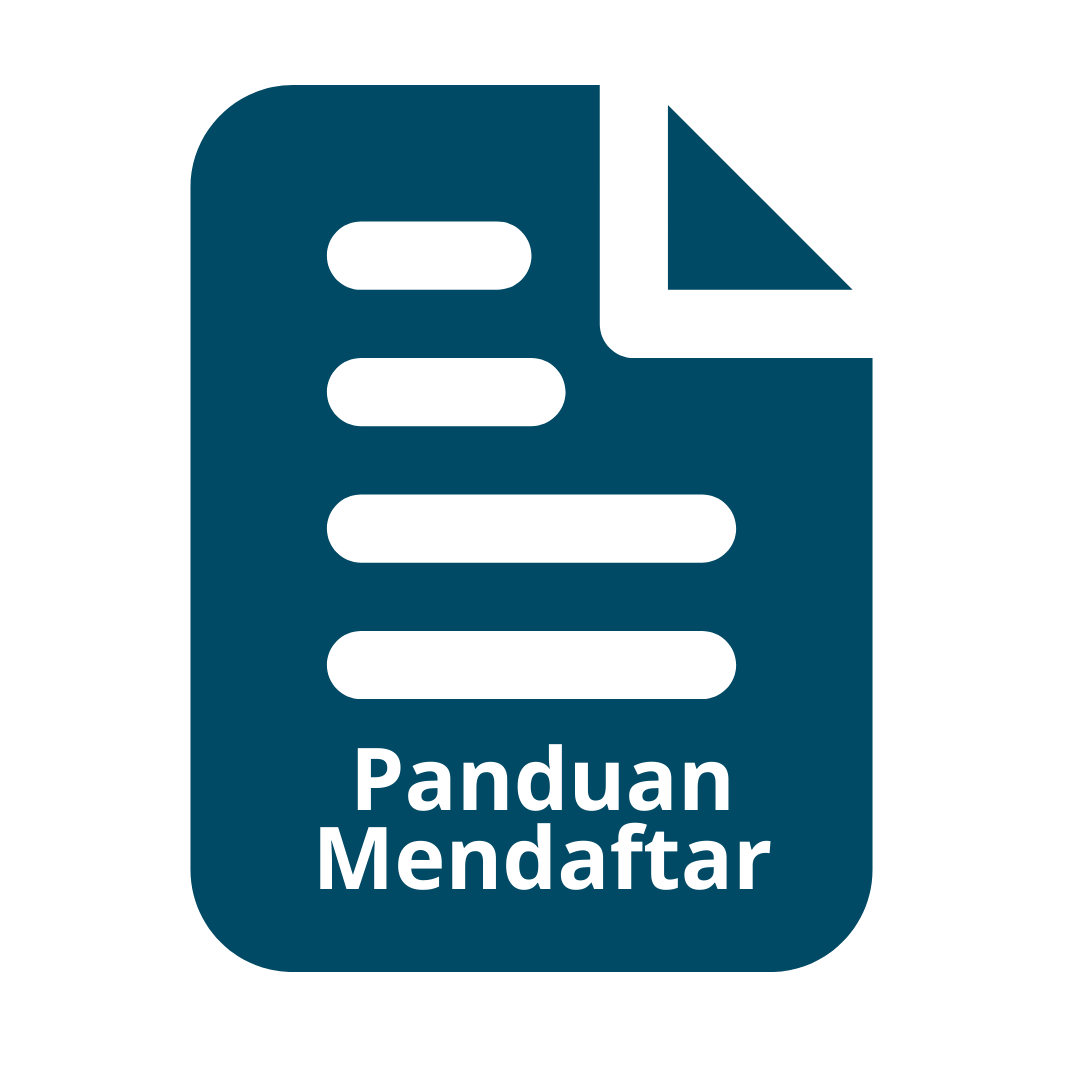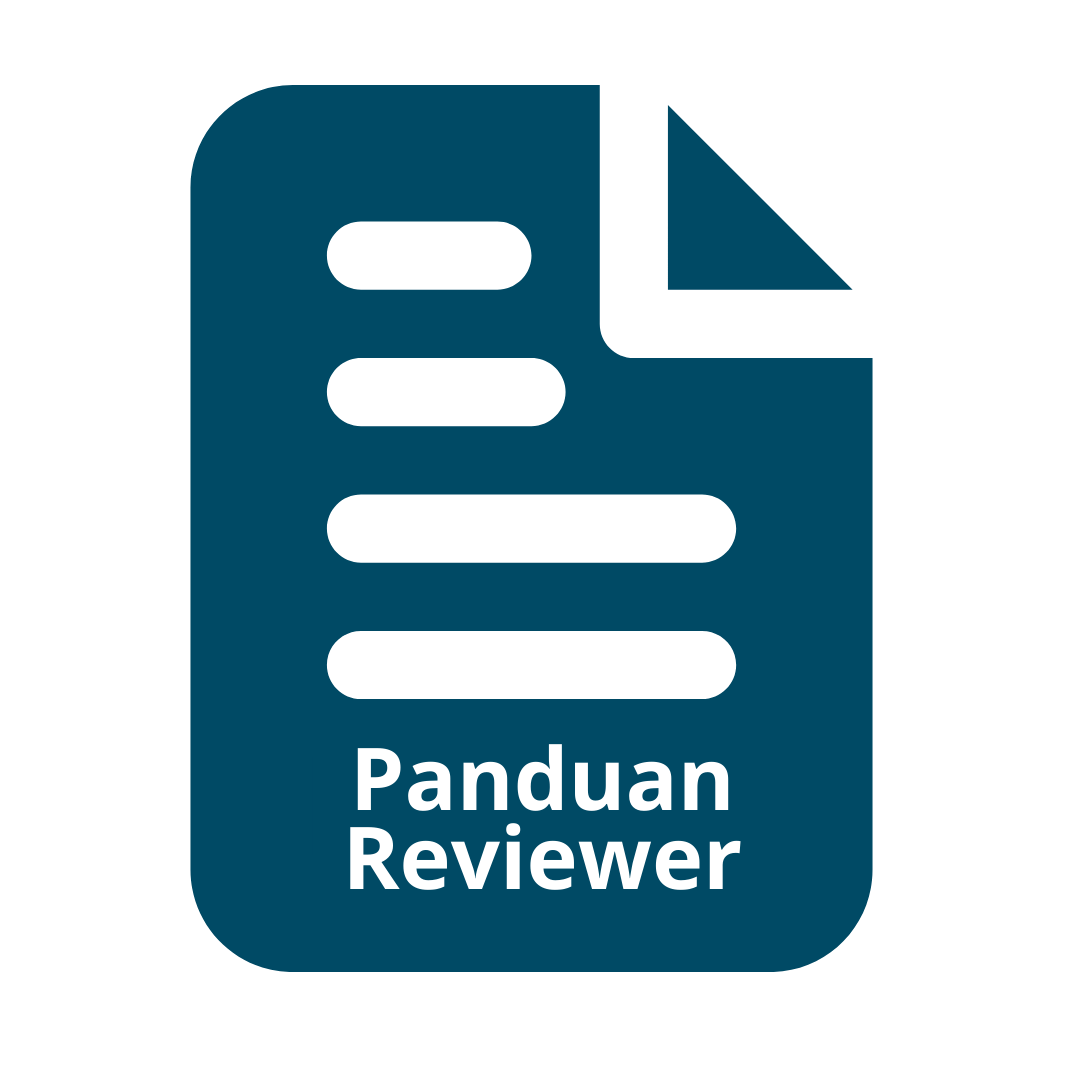Growth and Brix of Sweet Sorghum under Different Fertilizer Application in Maginal Land
Abstract
Sorghum is one of the commodities that are potentially very good to meet the needs of food, feed, industrial and renewable energy sources. Sorghum has protein, iron and calcium content that is much higher than rice. Additionally, sorghum has wide adaptability and is a plant that is tolerant to drought and low fertility. Therefore it can be cultivated on marginal lands. This study aimed to study the effects of fertilization on the growth and brix value of sweet sorghum cultivated on marginal land. The experiment was arranged in randomized completely block design, with three treatments, namely NPK, NPK + LOF (Liquid Organic Fertilizer) / 1 week, NPK + LOF/ 2 weeks. Each treatment consisted of 5 replication, and for each replication 6 plant samples was observed. Each plot consisted of 12 rows and in each row there were 7 plants. Sorghum was planted with the distance between rows 75 cm and the distance between plants in rows was 30 cm. The data was subjected to analysis of variance followed by Duncan’s Multiple Range Test. The application of NPK fertilizer plus LOF once a week resulted in significantly higher plant height, number of leaves and brix value compared to NPK fertilizer plus LOF fortnightly or just NPK fertilizer alone. Fertilization treatment did not significantly affect sorghum stem diameter, except at the age of 3 weeks after planting.
Keywords: fertilization, growth, brix, sweet sorghum.
Keywords
Full Text:
PDFReferences
Almodares, A., Taheri, R., Chung, I.M., Fathi, M. 2008. The effect of nitrogen and potassium fertilizers on growth parameters and carbohydrate contents of sweet sorghum cultivars. Journal of Environmental Biology 29(6): 849-852
Foyer C, Ferrario-Mery, S., Noctor, G. 2001. Interactions between carbon and nitrogen metabolism. In: Lea PJ, Morot-Gaudry J-F,
eds. Plant nitrogen. Berlin: SpringerVerlag, pp. 237–254.
Hänsch, R., Mendel, R.R. 2009. Physiological functions of mineral micronutrients (Cu, Zn, Mn, Fe, Ni, Mo, B, Cl). Current Opinion in Plant Biology 12 (3): 259–266.
Hoeman, S. Sihono dan Parno. 2005. Pemuliaan sorgum untuk bioetanol. International Workshop on Ecologically Energy Diversification for Developing Countries, Universitas Islam Negeri Syarif Hidayatullah Jakarta, 12-13 Oktober 2005.
Lawlor, D.W. 2002. Carbon and nitrogen assimilation in relation to yield: mechanisms are the key to understanding production
systems. Journal of Experimental Botany, 53 (370): 773–787
Lawlor, D.W., Boyle, F.A., Keys, A.J., Kendall, A.C., Young, A.T. 1988. Nitrate nutrition and temperature effects on wheat: a synthesis of plant growth and nitrogen uptake in relation to metabolic and physiological processes. Journal of Experimental Botany 39: 329 343.
Lawlor, D.W., Kontturi, M., Young, A.T. 1989. Photosynthesis by flag leaves of wheat in relation to protein, ribulose bisphosphate carboxylase activity and nitrogen supply. Journal of Experimental Botany 40: 43–52.
Lea PJ, Morot-Gaudry J-F. (eds) 2001. Plant nitrogen. Berlin: Springer-Verlag. Marschner, P. 2012. Marschner’s Mineral Nutrition of Higher Plants, 3rd ed., Academic Press: London, UK, pp. 178–189.
Miri, K., Rana, D.S. 2014. Productivity, Nutrient Uptake and Profitability of Sweet Sorghum -Mustard Cropping System under Different Levels of Nitrogen / American Journal of Agricultural Science and Technology 2 (2): 62-73.
Nelson T, Dengler N. 1997. Leaf vascular pattern formation. The Plant Cell 9: 1121–1125.
Santosa, D.D.S. 2005. Tepung sorgum dan aplikasinya dalam pembuatan mie gandum emas instan. Presentasi Inovasi Teknologi Sorgum Kerjasama LIPPO Group dan BATAN, 1 Februari, Tangerang.
Sirrapa, MP. 2003. Prospek pengembangan sorgum di Indonesia sebagai komoditas alternatif untuk pangan, pakan, dan industri. Jurnal litbang pertanian. 22(4):133-140.
Theobald, J.C., Mitchell, R.A.C., Parry, M.A.F., Lawlor, D.W. 1998. Estimating the excess investment in ribulose-1,5-bisphosphate carboxylaseuoxygenase in leaves of spring wheat grown under elevated CO2. Plant Physiology 118: 945–955.
Vance, C.P., Uhde-Stone, C., Allan, D.L. 2003. Phosphorus acquisition and use: critical adaptations by plants for securing a nonrenewable resource. New Phytologist 157: 423-447.
Wang, M., Zheng, Q., Shen, Q and Guo, S. 2013. The Critical Role of Potassium in Plant Stress Response. International Journal of Molecular Sciences 14: 7370-7390.
DOI: https://doi.org/10.31315/agrivet.v23i2.4738
DOI (PDF): https://doi.org/10.31315/agrivet.v23i2.4738.g3416
Refbacks
- There are currently no refbacks.
Indexed by:









